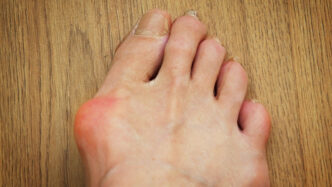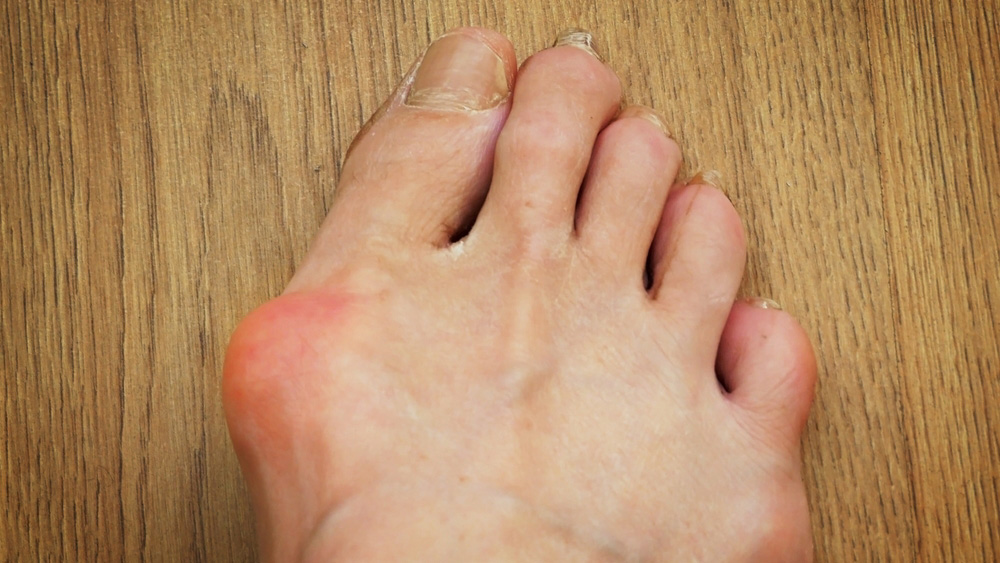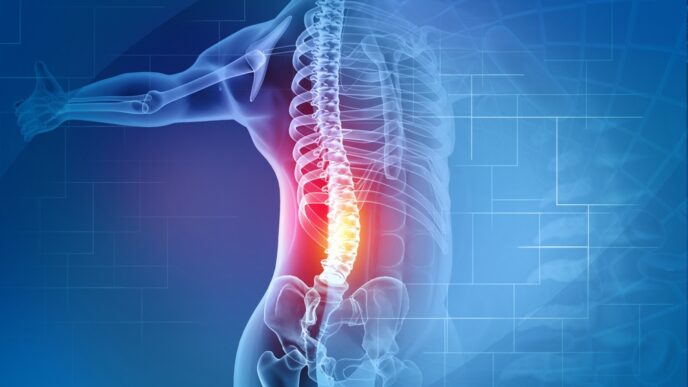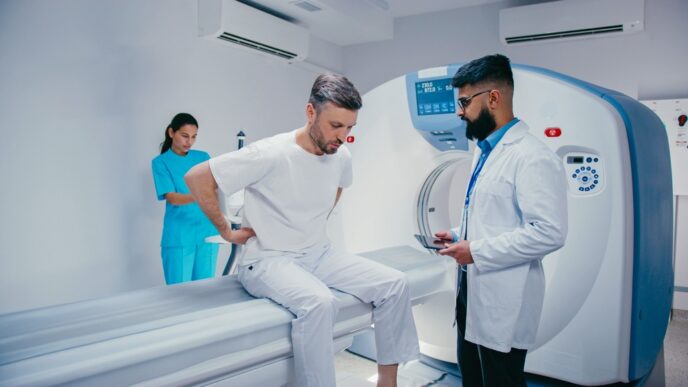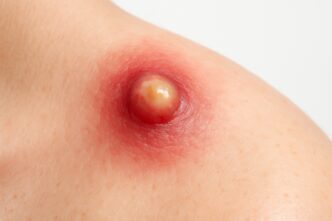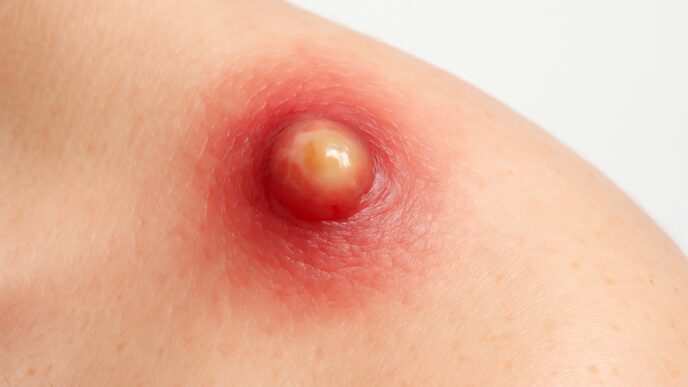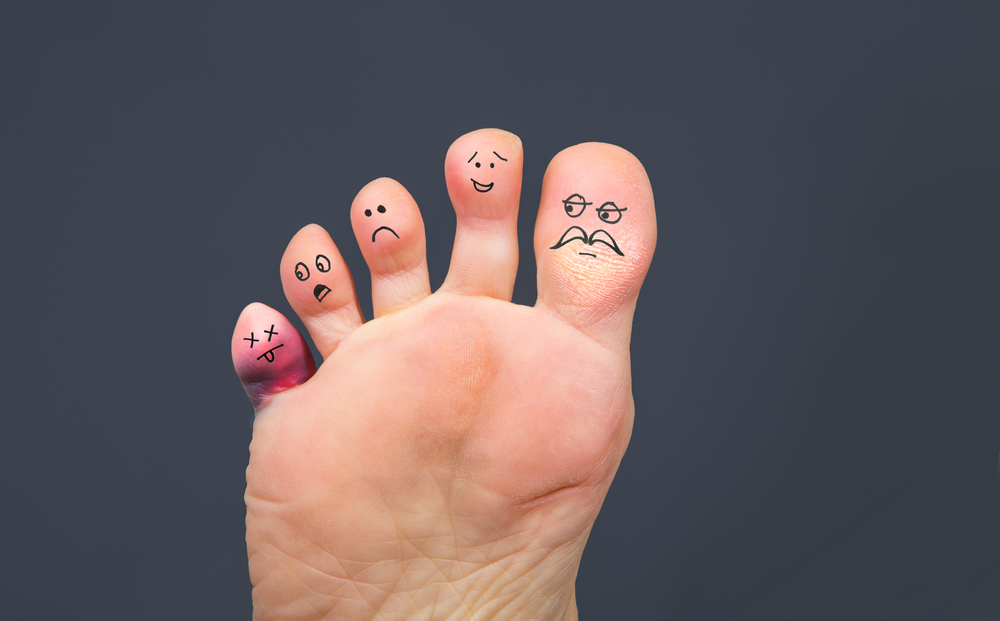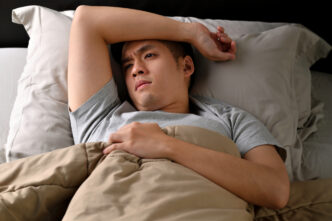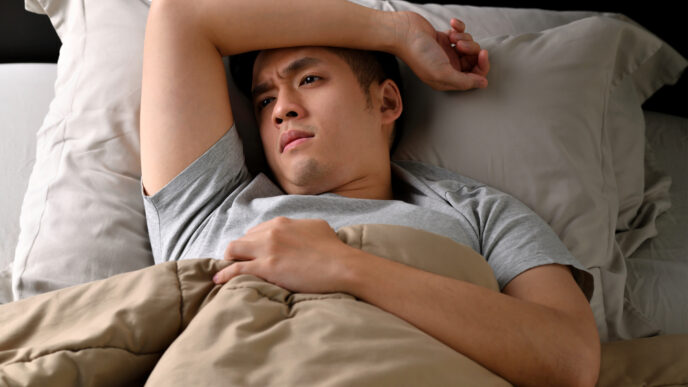A bunion may look like a simple bump on the side of the foot, but it’s often the result of complex structural changes beneath the surface. From genetics to footwear choices, several factors can nudge the big toe out of alignment. A consultant podiatrist explains how bunions form and what can be done to keep you comfortably on your feet.
WORDS LIM YUANSHUANG
 FEATURED EXPERT FEATURED EXPERTLIM YUANSHUANG Podiatrist FootDoctor Podiatry Clinic |
WHAT IS A BUNION?
The medical term for bunions is hallux valgus.
- It is a bony bump that forms on the metatarsophalangeal joint, at the base of the big toe.
- It develops over time and gets worse as the big toe is gradually pushed further towards the second toe.
- The severity and symptoms of each person’s bunion may vary.
- Some bunions may look severe, but the person doesn’t have any pain.
- Some bunions may be small but red, swollen and painful.
- Smaller bunions called bunionettes can also develop on the joint of the little toe.
DO BUNIONS HURT?
Some bunions can be painful, especially in those who have arthritis.
It can also hurt if:
- The skin or joint of the big toe has been rubbing on the shoe while walking
- The person has bone spurs
- The person suffers calcifications in the bones
WHY DO PEOPLE GET BUNIONS?
Family History
The exact cause of bunions is unknown, but it is known that family history plays a very big role.
- Some people are born with bunions.
- There are people who don’t wear narrow or ill-fitting shoes, yet they still get very bad bunions— in these cases, it’s most likely hereditary.
Arthritis
- People with arthritis tend to develop bunions.
High Heels
- Bunions are especially common among ladies who like to wear high heels.
- This is because when you walk in V-shaped or sharp-ended shoes like high heels, all the weight and pressure from your body is directed towards the second toe, so your big toe tends to sway towards the second toe.
- Due to friction and the uneven distribution of pressure when walking, people with bunions also tend to get calluses under their bunions
Very Tight Shoes
- People who enjoy activities that tend to require wearing very tight shoes and use mainly their toes to do all the exercise, are prone to developing bunions.
- Rock-climbers are prone to developing bunions because of this.
THE BEST FOOTWEAR FOR PEOPLE WITH BUNIONS
The gold standard shoe for people with bunions would be sports shoes.
- These shoes have lots of cushioning and support, especially on the heel.
- You should pick shoes that control and limit heel movement.
How to Choose Your Footwear
- The most important factor for choosing the right shoes is the toe-box width — the shoe should be wide enough for your foot.
- Also, get something that only bends at the toes.
- Older people would need shoes that are more flexible because they already have very rigid joints.
- Younger people that are very active should pick shoes that are more supportive and rigid, as shoes that are too flexible might promote wobbling and worsen the problem.
HOW ARE BUNIONS TREATED?
It is important to note that bunions can be managed but the only way to reverse a bunion is through surgery, done by an orthopaedic surgeon.
Podiatrists can give conservative treatments like teaching patients how to choose the right shoes.
- If they have pain, we look for ways to reduce the pain.
- Most of the time, podiatrists will prescribe orthotics — they look like insoles, but there are modifications being made according to each person’s needs.
- Examples of modifications include:
- Heels extensions to limit heel mobility and helps make the shoe more rigid
- Extensions in the front to push the out-toeing inwards
- Some extra padding at the front for support
- For a painful bunion, podiatrists may prescribe orthotics with hard extensions at the side to limit the flexibility of the bunion — this is done so that the bunion does not turn on the joint too much and the pain will be reduced.
DO BUNION CORRECTORS WORK?
Bunion correctors that you see in the market might help with pain, but these don’t lessen the severity of the bunion.
WHAT CAN WE DO TO PREVENT BUNIONS FROM GETTING WORSE?
The best way is to wear the right shoes.
- Nowadays, there are shoes that are constructed with soft and stretchy Lycra material at the side of the shoes, for the bunion to sit on.
- Having this material at the sides ensures your bunion doesn’t rub too much on the shoe.
- Some shoes have the soft material covering the whole toe box, good for people suffering hammer-toe or stiffness of joints.
A Tip for Picking Out Shoes
- Put your foot on top of a shoe that is of your size and see whether your foot is bigger than the shoe, especially in terms of width.
- If your foot covers the shoe, it’s too narrow for you.
| This article is part of our series on how to keep your feet healthy and in tip-top condition. |

